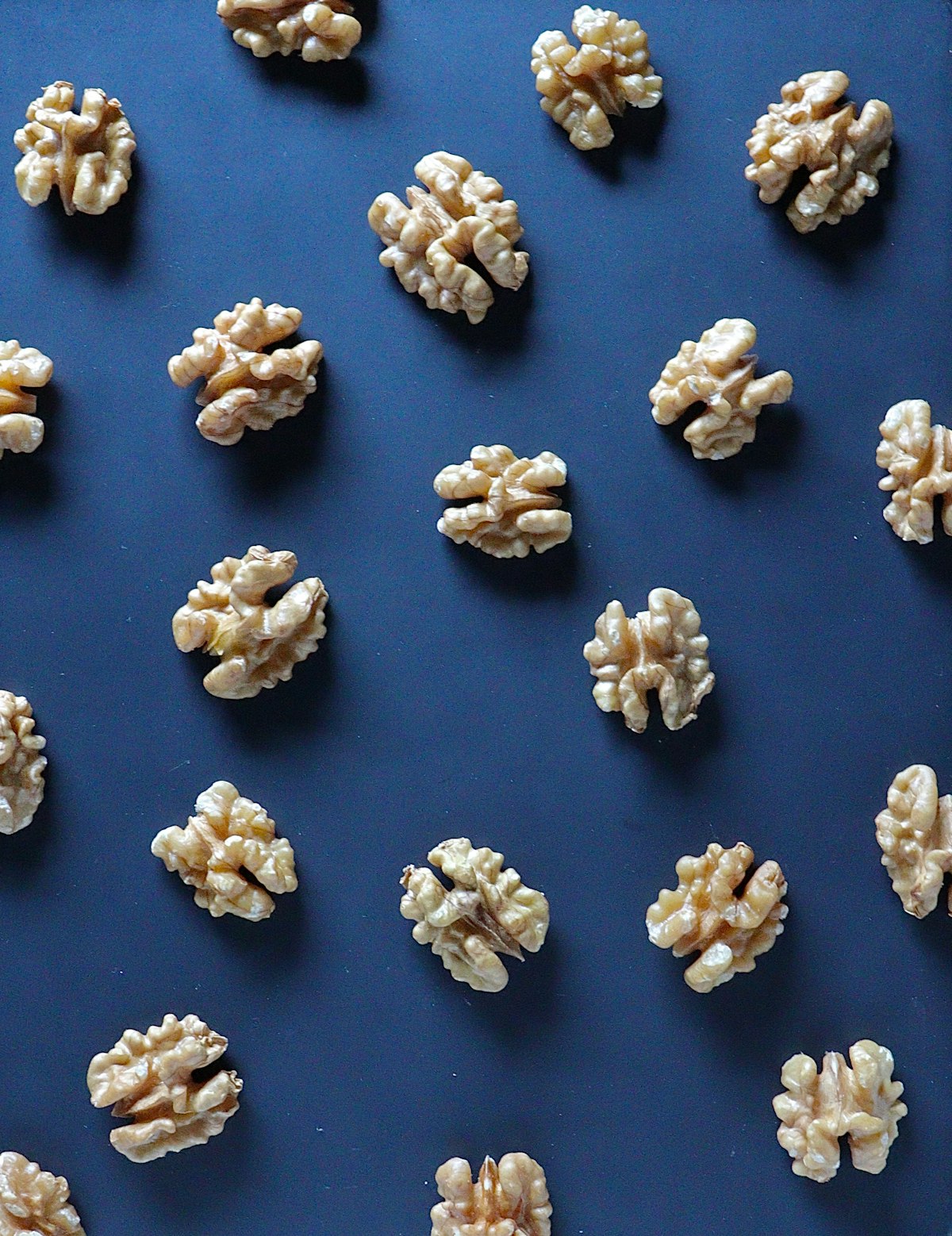
When Blood Sugar Spikes: What to Do When Levels Reach 200+
Blood sugar, or glucose, is the main source of energy in our bodies. When we eat, our bodies break down the carbohydrates in our food into glucose, which is then used by our cells for energy. However, problems can occur when our blood sugar levels spike to dangerous levels. When blood sugar levels reach 200 or higher, it is considered to be a significant spike that can lead to serious health complications. In this article, we will explore what causes blood sugar spikes, the potential risks associated with high blood sugar levels, and what you can do to bring your levels back to a safe range.
What Causes Blood Sugar Spikes?
There are several factors that can contribute to blood sugar spikes, including:
1. Eating too many carbohydrates: Consuming a diet high in carbohydrates, especially refined sugars and simple carbohydrates, can cause blood sugar levels to spike quickly.
2. Lack of physical activity: Physical activity helps our bodies use up glucose for energy. Without regular exercise, blood sugar levels can remain elevated.
3. Stress: Stress can trigger the release of hormones like cortisol, which can cause blood sugar levels to rise.
4. Certain medications: Some medications, such as steroids and certain antidepressants, can raise blood sugar levels.
5. Illness or infection: When the body is fighting off an illness or infection, blood sugar levels can spike as the body releases more glucose for energy.
Potential Risks of High Blood Sugar Levels
When blood sugar levels reach 200 or higher, it is considered to be hyperglycemia. Untreated hyperglycemia can lead to a range of serious health complications, including:
1. Diabetic ketoacidosis: This is a potentially life-threatening condition that can occur when blood sugar levels are consistently high. It can lead to a buildup of toxic acids in the bloodstream.
2. Damage to blood vessels: High blood sugar levels can damage the blood vessels, leading to an increased risk of heart disease, stroke, and kidney damage.
3. Nerve damage: High blood sugar levels can also damage the nerves, leading to neuropathy or nerve pain.
4. Eye problems: High blood sugar levels can damage the blood vessels in the eyes, leading to a higher risk of vision problems and even blindness.
5. Increased risk of infection: High blood sugar levels can impair the immune system, making it more difficult for the body to fight off infections.
What to Do When Blood Sugar Levels Reach 200+
If you experience a blood sugar spike and your levels have reached 200 or higher, there are several steps you can take to bring your levels back down to a safe range:
1. Test your blood sugar: The first step is to test your blood sugar levels using a glucometer. This will give you an accurate reading of where your levels are at.
2. Hydrate: Drinking plenty of water can help flush out excess glucose from your bloodstream.
3. Adjust your diet: If you have consumed a large amount of carbohydrates, try to reduce your intake and focus on consuming more protein and fiber-rich foods.
4. Exercise: Engaging in physical activity, such as walking or jogging, can help lower blood sugar levels by using up glucose for energy.
5. Take medications as prescribed: If you are on medication for diabetes, make sure to take it as prescribed by your healthcare provider.
6. Monitor your blood sugar: Keep track of your blood sugar levels throughout the day and make adjustments to your diet and exercise routine as needed.
It is important to note that if your blood sugar levels continue to remain high despite taking these steps, you should seek medical attention. Your healthcare provider may need to adjust your medications or recommend additional treatments to help bring your levels back to a safe range.
Preventing Blood Sugar Spikes
To prevent blood sugar spikes in the future, it is important to make some lifestyle changes. Here are some tips to help prevent spikes in blood sugar levels:
1. Eat a balanced diet: Focus on consuming a diet that is low in carbohydrates and rich in protein, fiber, and healthy fats.
2. Stay active: Engage in regular physical activity, such as walking, jogging, or yoga, to help regulate blood sugar levels.
3. Manage stress: Practice stress-reducing activities, such as meditation, deep breathing, or yoga, to help lower cortisol levels.
4. Stay hydrated: Drink plenty of water throughout the day to help flush out excess glucose from your bloodstream.
5. Get regular check-ups: See your healthcare provider regularly to monitor your blood sugar levels and make any necessary adjustments to your treatment plan.
In conclusion, when blood sugar levels reach 200 or higher, it is important to take immediate steps to lower your levels and prevent serious health complications. By monitoring your blood sugar levels, adjusting your diet and exercise routine, and seeking medical attention if needed, you can help keep your blood sugar levels within a safe range. Remember to make some lifestyle changes to prevent blood sugar spikes in the future and stay on top of your diabetes management.












